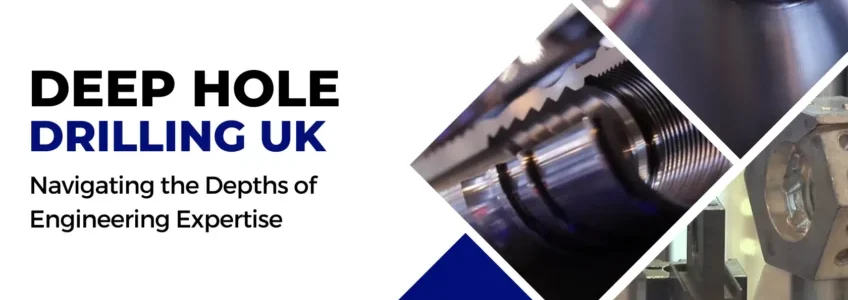Like so many things in our modern world, today’s industrial landscape is continuously changing with custom fabrication services becoming even more important. From complex components in aerospace and automotive to large-scale structures in construction and defence, the need for precision and flexibility in fabrication has never been greater. At PRV Engineering, our expertise in precision engineering and custom fabrication allows us to support a wide range of industries, delivering high-quality, bespoke solutions that meet even the most demanding requirements.
The Importance of Manufacturing for Defence
When it comes to national security, manufacturing for defence is crucial. High-quality, reliable components are vital for the effective functioning of military systems. Defence engineering spans a broad spectrum of activities, from designing and producing weapons systems to developing advanced technologies that safeguard national security. The precision and dependability of these components are paramount, as even minor defects can have serious consequences.
The aerospace engineering field is at the forefront of technological innovation, constantly evolving to meet the demands of modern aviation and space exploration. In recent years, artificial intelligence (AI) and robotics have emerged as pivotal technologies, revolutionising various aspects of aerospace engineering. This article explores how AI and robotics are transforming the industry, enhancing efficiency, precision, and safety.
Aircraft design is a field defined by constant innovation and meticulous attention to detail. Every component and every system on an aircraft is a testament to the precision required in aerospace engineering. This precision is crucial not only for performance and efficiency but also for the safety and reliability of flight operations.
Waterjet cutting has revolutionised the manufacturing industry, offering a myriad of advantages over traditional cutting methods. Among them, hydro-abrasive waterjet cutting stands out as a superior choice for a range of materials, including metal, stone, and glass. In this article, we take a look at the intricacies of this advanced technique, shedding light on its principles, advantages, applications, and comparisons with other cutting methods.
Deep hole drilling UK is an extraordinary engineering feat that captures the essence of technical brilliance in Britain. As the unsung hero of the UK’s industrial landscape, this remarkable technique holds a fascinating history and an exciting future that continues to captivate engineers, history aficionados, and technology enthusiasts alike.
Precision engineering technologies have come a long way since their inception, and their evolution is nothing short of an epic engineering saga. It all started with meticulous craftsmanship, and over the centuries, it has morphed into an advanced science, drastically altering the landscape of industrial development.
Harnessing the Potential of Smart Factories in Custom Fabrication
In recent years, the manufacturing industry has experienced a significant transformation with the rise of smart factories. These future-ready production facilities are equipped with cutting-edge technologies such as artificial intelligence (AI), Internet of Things (IoT), robotics, and big data analytics. Smart factories are revolutionising the way products are fabricated, offering many advantages in terms of efficiency, customisation and cost-effectiveness. In this article, we take a closer look at the concept of smart factories and dive deeper into their potential to shape the future of custom fabrication.
5-axis machining is a powerful tool for precision engineering, allowing manufacturers to create complex parts and components with extreme accuracy and efficiency. Precision engineering has always been an essential aspect of manufacturing, especially in industries such as aerospace, automotive and medical device manufacturing. In this article, we’ll explore the benefits of 5-axis machining, the different types, industry applications, 5-axis machining software and what the future of this technology might look like.











Recent Comments